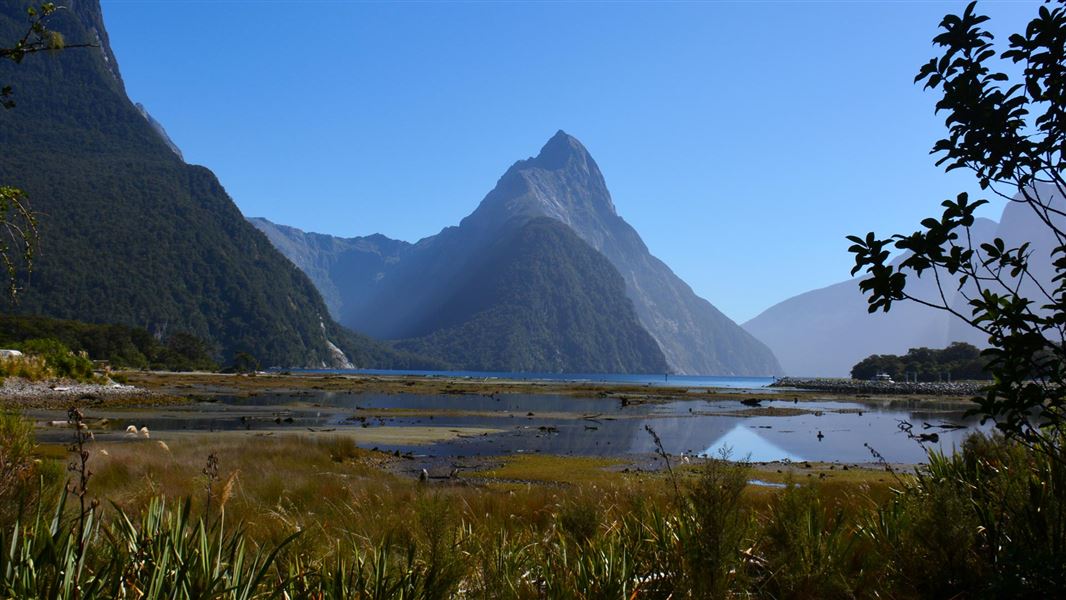The government-funded project aims to create self-funded, sustainable tourism that conserves the area’s natural beauty and cultural heritage.
It seeks to address visitor pressures at Milford Sound Piopiotahi and the Milford access corridor to enhance and sustain this World Heritage Area and final masterpiece of Tū Te Rakiwhānoa.
Stages of the project
Stage one
Establishing context, vision and objectives (completed in September 2018).
Stage two
Consultation, engagement and research to develop a Milford Opportunities Masterplan (launched in July 2021).
Stage three
Phase one 2022 – 2024: testing the feasibility of the Masterplan’s recommendations.
Phase two: design, planning and implementation
Who is involved
The project is a collaboration between Ngāi Tahu, the Department of Conservation, Southland District Council, the Ministry of Transport, Waka Kotahi, the Ministry of Business, Innovation and Employment, and Environment Southland.
It is led by a Ministerial Group consisting of the Ministers of Conservation, Tourism and Transport, supported by a Milford Opportunities Project Board and delivery Unit.
OIA responses and proactively released documents
2023 project and ministerial briefings and memos
